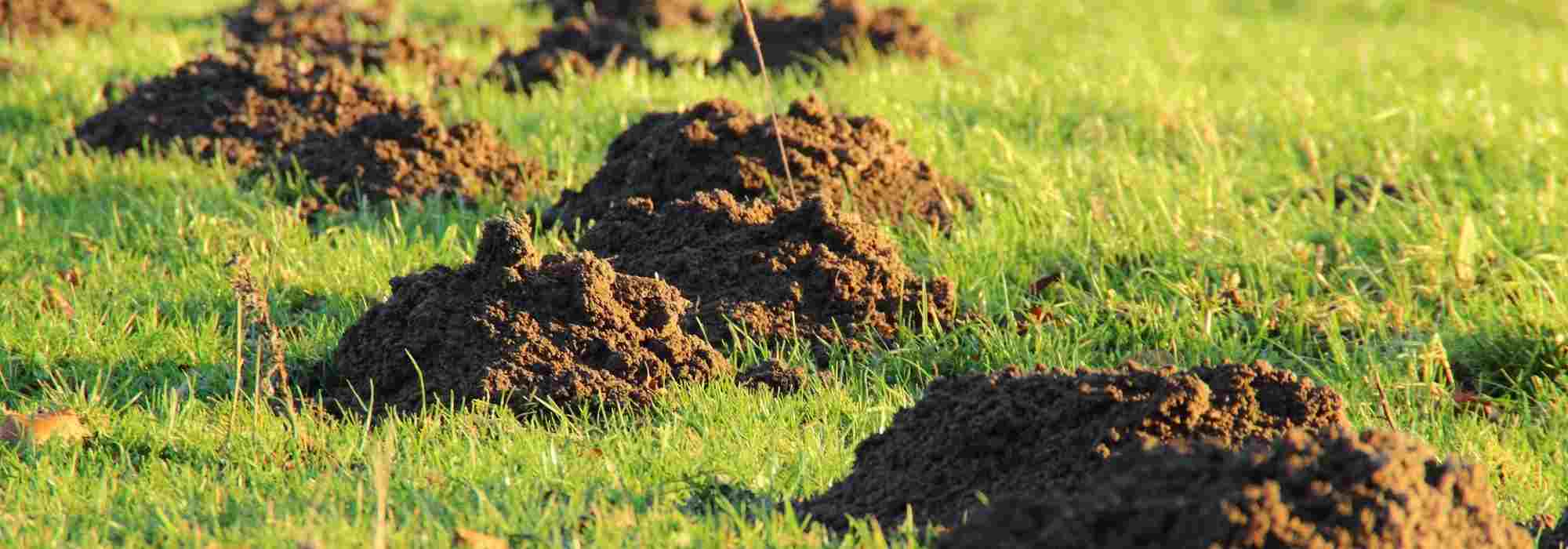
4 plants that repel moles
Our selection of mole-repellent plants for the garden
Contents
The first molehills have appeared. Quickly, the battlefield expands and the culprit is plain to see: the mole.
Like many rodents, moles are often considered unwanted pests.
To repel them naturally, without resorting to lethal, possibly cruel, or chemical solutions, using repellent plants is a good alternative, and very attractive too. The strong odour diffused by their roots or foliage is reputed to repel moles.
Here is our selection of 4 plants to grow to repel moles.
Fritillaria imperialis: toxic mole‑repellent bulb
Fritillaria imperialis (Fritillaria imperialis) or crown imperial is a plant reaching 70 cm to 1 metre in ripeness, making it one of largest spring-blooming bulbous plants.
It is reputed to be an excellent mole repellent. Toxic, its bulb emits a strong unpleasant musky smell that is said to drive garden rodents such as moles away.
This particular scent diffuses into soil within a ray floret of about 1.5 metres, but is no longer perceptible once buried.
Large bell-shaped flowers of crown imperial are surrounded by upright green leaves and present a pretty variety of colours in yellow or orange tones:
- ‘Aureomarginata’ with bright orange bells;
- ‘Bach’ with pale red-toned flowers;
- ‘Lutea’, offering a lovely bright yellow;
- ‘Orange Beauty’ or ‘Striped Beauty’, whose flowers show a fine orange veined with brown or red;
- ‘Prolifera’ or ‘Rubra’, with bells showing red or orange shades.
To grow crown imperial, choose a sunny or partly shaded position. Plant particularly favours continental regions with dry winters and summers but moist springs.
Plant will thrive in soil rich in organic matter and well drained.
Bulbs can remain in ground for many years thanks to their hardiness, generally beyond −15 °C.
Plant in borders, rockery or directly on short grass meadow for best effect.
It will also protect other spring bulbs (crocus, tulips, hyacinths, daffodils …), which are favoured by rodents.
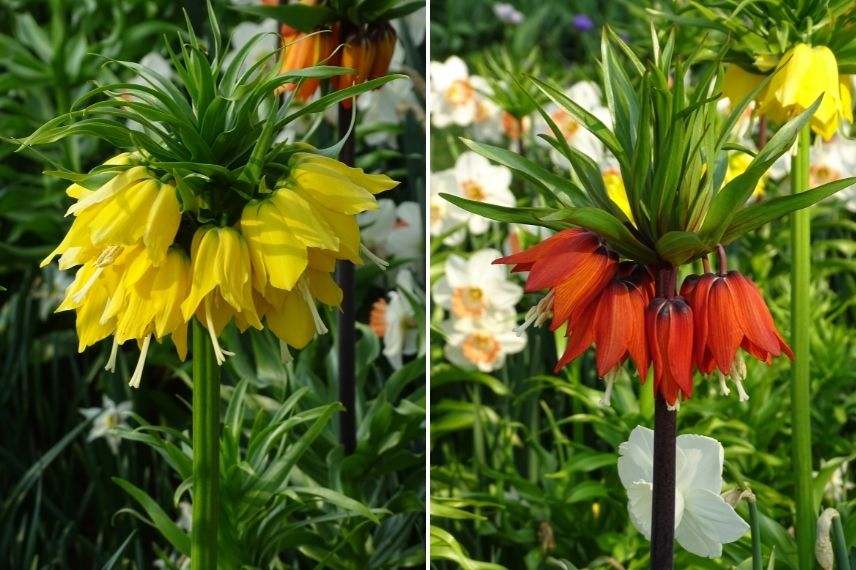
Left: Fritillaria imperialis ‘Lutea’ ; right: Fritillaria imperialis ‘Rubra’
Incarvilleas: a scent that repels moles
Summer bulbs, incarvilleas (Incarvillea) are perennials native to China.
Their rootstocks emit, as with crown imperial, an unpleasant odour that helps repel moles and other rodents. This effect is said to be effective over a wide radius of up to 7 metres.
They are adorned in June and July with pretty tubular flowers with contrasting yellow throats: Incarvillea ‘Snowtop’ will add a delicate white touch to a border, while Incarvillea ‘Delavayi’ will brighten the garden with its vivid pink.
For planting incarvilleas, choose a sunny spot, giving them a bath of light to flower well. They will also tolerate a semi-shaded position.
These bulbous plants are grown singly, in soil rich in organic matter but not retaining too much water.
However, soil must remain cool during summer flowering: so don’t hesitate to mulch around bases to retain moisture.
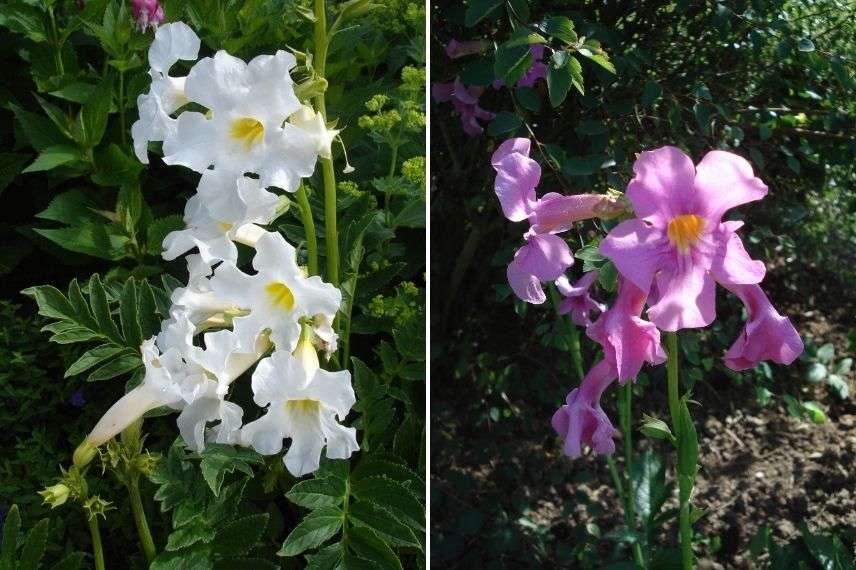
Left: Incarvillea ‘Snowtop’ (Photo Epibase); right: Incarvillea delavayi
Mole herb: a corrosive plant
Mole plant, mole-chaser, garden spurge, Euphorbia lathyris or caper spurge: all names for the same herbaceous biennial plant, meaning its life cycle spans 2 years.
Its upright stems can reach up to 1.5 metres in height, 90 cm on average.
The plant flowers in summer, sporting umbels of yellow-green tones, highlighted by long graphic leaves, arranged in a cross around the stem.
The stems of this plant contain latex, an irritant substance. Moles rely particularly on their sense of smell to navigate and this variety of spurge is said to be harmful to their sensitive snouts.
So it is not the planting itself that repels moles, but the insertion of cut branches directly into their tunnels.
Note that the sticky sap is also irritating for humans and pets; this plant should therefore be used with caution and sparingly.
To to grow euphorbias, prefer poor, dry soil in a sunny position to give them as much light as possible.
The plant is undemanding: it is hardy, drought-resistant, requires no maintenance and self-seeds, which is why it has earned a reputation today as a “weed”.
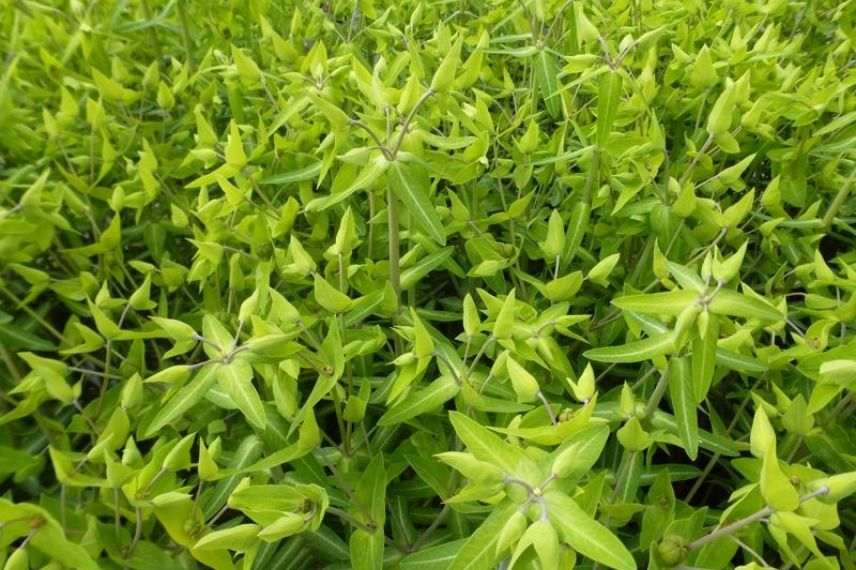
(Photo Guido)
Read also
How to protect bulbs from rodents?Elder: leaves or manure to repel moles
Elder (Sambucus) is a very attractive deciduous bush: purple or green foliage, more or less divided, a perfumed summer flowering in white or pink umbels, then dark berries much appreciated by birds.
Sprays of elder manure could help keep moles and other rodents away by diffusing a strong unpleasant odour.
To do this :
- leave 1 kg of chopped fresh leaves to macerate in 10 litres of rainwater in the shade for several days;
- stir daily;
- once fermentation is complete (bubbles have disappeared), strain, then use as a spray diluted to 10% in water.
Manure will keep in an airtight container stored in a cool, dark place.
Similarly, placing elder branches with their leaves in tunnels would have a repellent effect against moles.
to grow elder, provide a sunny, fairly spacious spot to suit its rapid growth. Elder thrives in all soil types, but will perform better in soil rich in organic matter and that remains moist.
Easy to grow, it requires little care apart from a balancing pruning in late summer and in spring.
It will find its place in a loose hedge, at the back of a border or as a specimen plant.
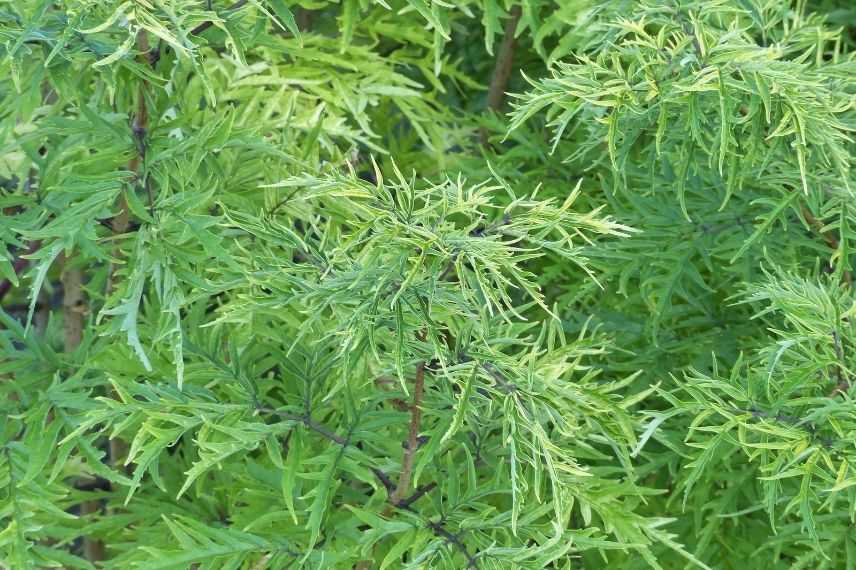
Leaves of Sambucus racemosa ‘Lemony Lace’
Living with moles: heresy or possible mutualistic coexistence?
At the first sign of molehills, it is true that few gardeners welcome them and the first instinct is often to want to get rid of moles.
But beyond cosmetic issues, moles have a bad reputation mostly because of damage caused by other rodents, such as field mice, voles / mole rats.
These animals are indeed fond of garden bulbs, roots of vegetable plants or trees, whereas our short-sighted friend is insectivorous.
The mole provides services and can even be seen as an ally of the gardener :
- it aerates and favours drainage of the most compact soils by digging its tunnels;
- it feeds on harmful and unwanted insects, such as cockchafers, wireworms, mole crickets or slugs (although unfortunately earthworms are also part of its menu);
- it supplies fine, friable soil, which can be perfectly reused for potting or for sowing.
So, if eradication isn’t possible, why not try to coexist?
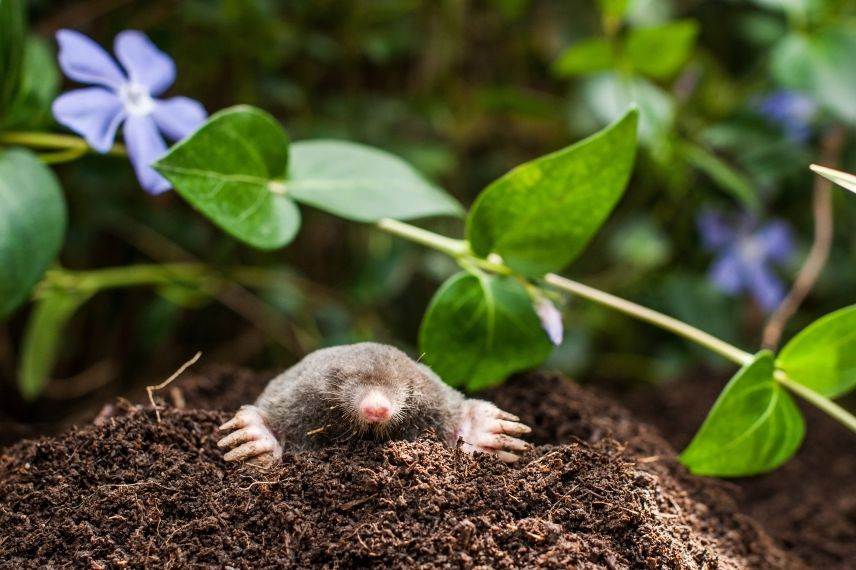
- Subscribe!
- Contents
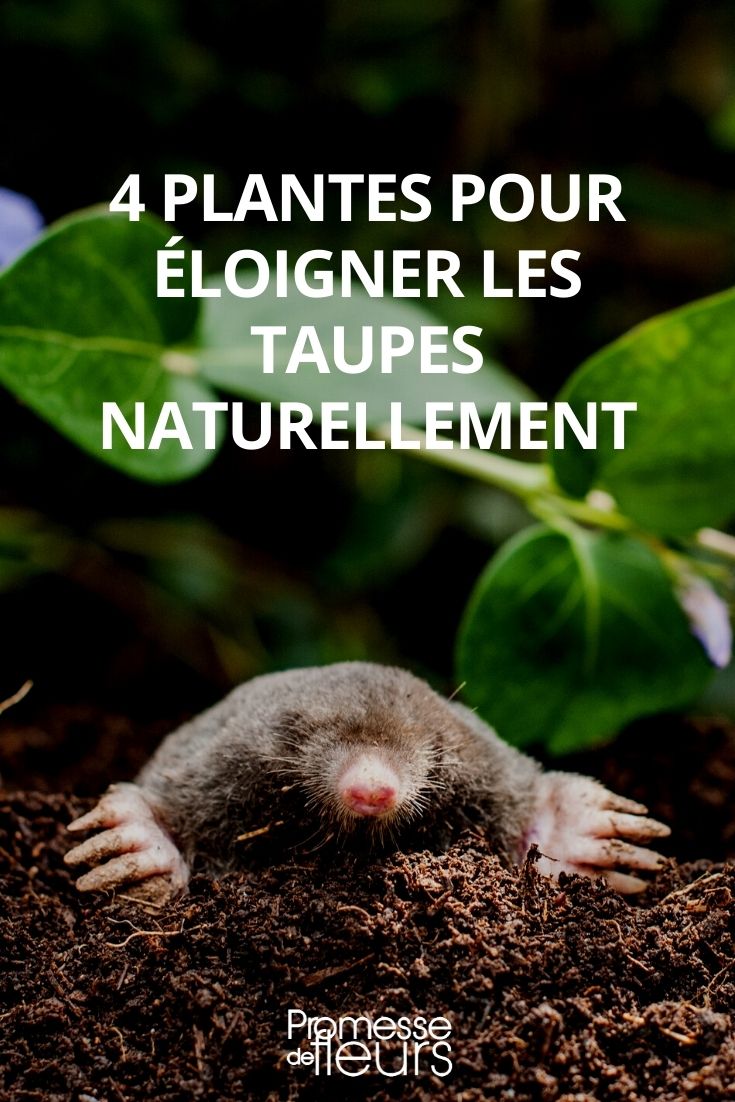































Comments